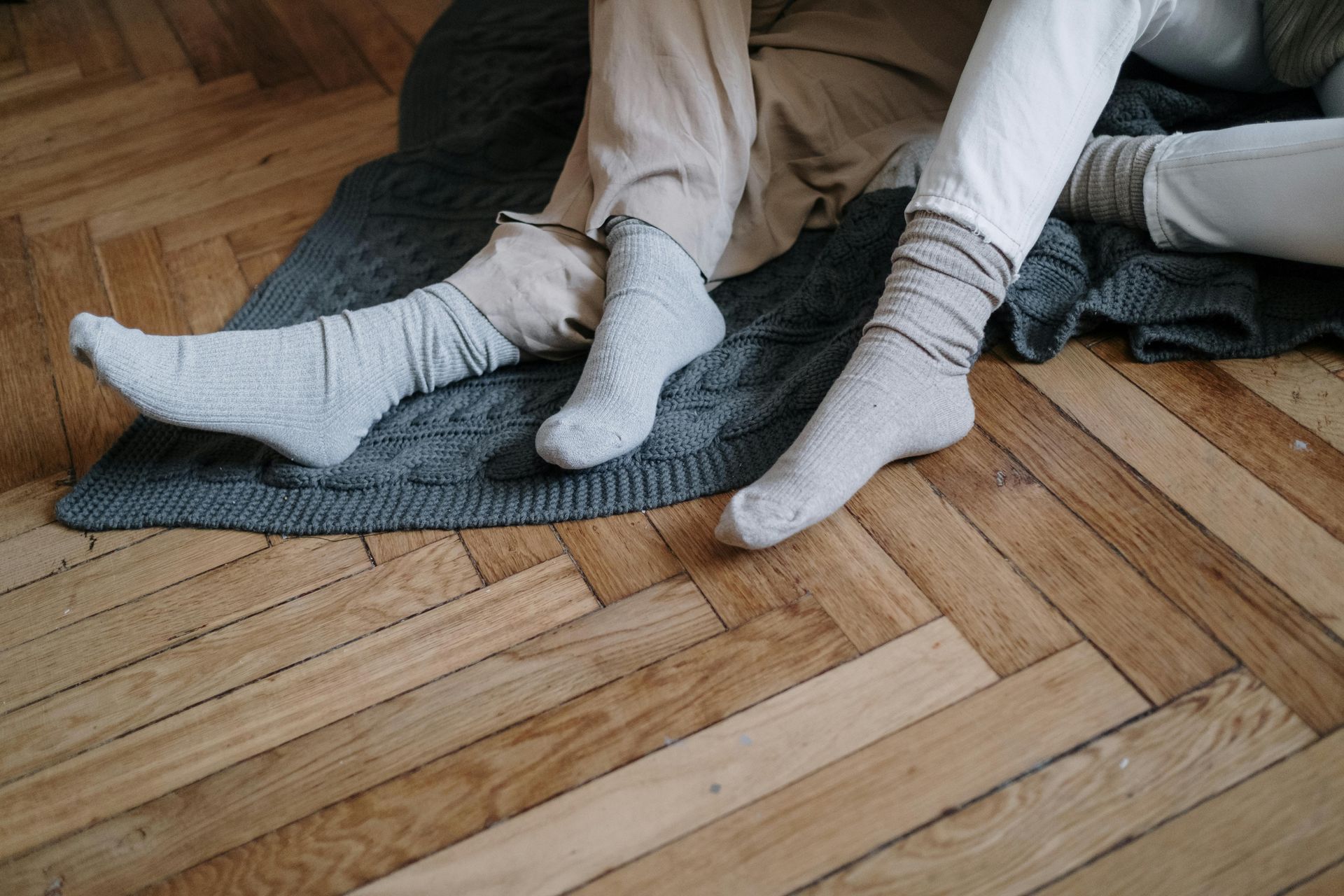Natural Stone Tiles Installation in Wisconsin

Natural stone tiles are a timeless and durable choice for flooring, bringing elegance and longevity to any space. Whether you are considering installation in your kitchen, bathroom, or outdoor patio, proper installation is crucial to ensure the beauty and durability of your natural stone tiles. This guide provides a comprehensive overview of the natural stone tile installation in Wisconsin, specific considerations for homes, and tips to achieve the best results.
Preparing for Installation
- Identify your substrate: The substrate, or the surface beneath the tiles, is critical to the installation process. Common substrates include cement and wood. Each substrate requires different preparation:
- Cement Substrate: Can often be tiled directly over.
- Wood Substrate: Usually requires an additional support layer to prevent moisture issues and ensure stability.
- Test for moisture: Ensure the substrate is free of dust, dirt, and moisture. A moisture test is essential, especially for newly installed floor, to confirm they are fully cured before tile installation begins.
- Dry lay the tiles: Arrange the tiles on the floor without adhesive to plan the layout, blend color variations, and determine optimal grout joints, which should be at least 3mm wide.
- Leveling the Substrate: Use a leveling compound if the substrate is uneven. This ensures a flat surface for tile installation, reducing the risk of tiles cracking or becoming uneven over time.
Installation Steps
- Using anti-Fracture matting: Essential for installations over underfloor heating systems, this matting prevents cracks by neutralizing lateral stresses between the tile and substrate.
- Adhesive application: Use a white flexible adhesive to avoid discoloration of the tiles. Ensure a full bed of adhesive is applied to prevent air pockets, which can cause cracking.
- Sealing: Apply a sealant in two stages – once before grouting and once after. This protects the tiles from water and stains.
- Grouting: Use a grout color similar to or lighter than the tile to avoid staining and ensure aesthetic harmony. The grout joint should be wide enough to accommodate tile size variations.
Post-Installation Care
Proper care and maintenance of natural stone tiles involve regular cleaning and periodic resealing. This helps maintain their appearance and durability over time.
- Regular cleaning: Use a pH-neutral cleaner to avoid damaging the stone. Avoid acidic or abrasive cleaners that can erode the sealant and stone surface.
- Resealing: Depending on the level of foot traffic and exposure to moisture, reseal the tiles every 1-2 years to maintain their protective layer.
- Stain removal: Address stains promptly using appropriate cleaning agents for natural stone. For stubborn stains, a poultice made from a suitable cleaner and absorbent material can be effective.
Specific Considerations for Wisconsin
- Climate impact: Wisconsin’s freeze-thaw cycles can affect outdoor installations. Use tiles rated for freeze-thaw conditions and ensure proper installation techniques to mitigate damage.
- Local sourcing: Consider sourcing natural stone tiles from local suppliers to reduce transportation costs and ensure the tiles are suitable for Wisconsin’s climate.
- Professional installation: Given the complexity and labor-intensive nature of installing natural stone tiles, hiring professional installers with experience in local conditions is recommended.
Common FAQs
Q: Are natural stone tiles suitable for underfloor heating?
A: Yes, with the correct installation, natural stone tiles work well with underfloor heating. Use anti-fracture matting to prevent cracks and ensure a thorough commissioning process for the heating system.
Q: How should you cut natural stone tiles?
A: Use a wet saw with a diamond blade to cut natural stone tiles. This method prevents chipping and ensures clean cuts.
Q: How often should natural stone tiles be sealed?
A: Typically, natural stone tiles should be sealed every 1-2 years, depending on the stone type and usage.
Q: What are the benefits of natural stone tiles?
A: Natural stone tiles are highly durable, offer unique and varied aesthetics, are environmentally friendly, and can increase property value.
For more detailed information and professional assistance with your natural stone tile installation, visit our Natural Stone Tile Installation page.
Conclusion
Installing natural stone tiles can significantly enhance the beauty and value of your home. Following these guidelines ensures a successful installation and long-lasting results. Always consider hiring professional installers for the best outcome, especially for complex projects or large areas.
By understanding the preparation, installation, and maintenance processes, you can enjoy the timeless elegance of natural stone tiles in your Wisconsin home.







